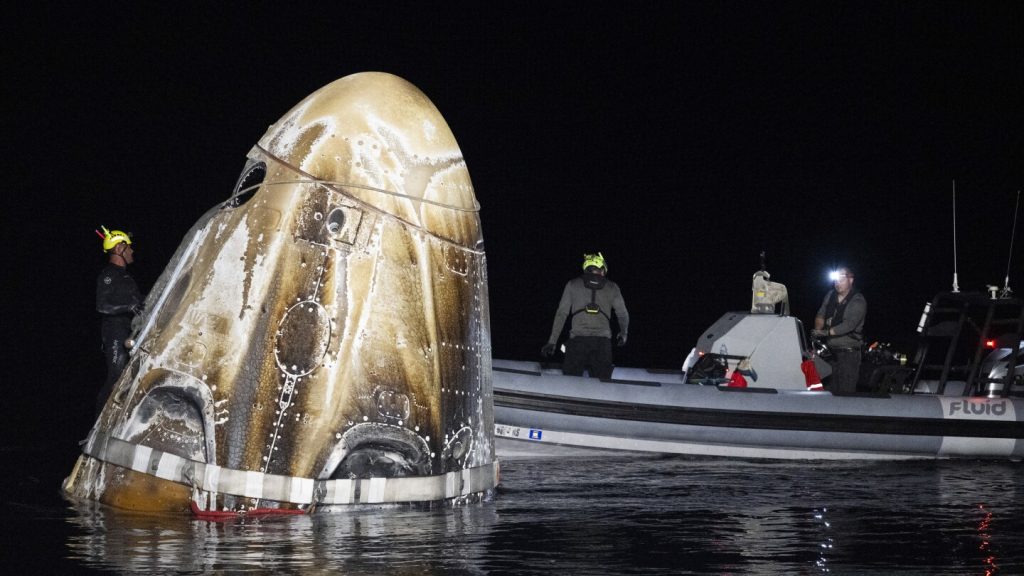On a recent mission, NASA had to address a medical concern for one of its astronauts, following their return from an extended nearly eight-month stay aboard the International Space Station (ISS). This return was marked by a SpaceX capsule’s successful splashdown in the Gulf of Mexico, just off the coast of Florida, where it safely carried three American astronauts and one Russian astronaut back to Earth. The astronauts undocked mid-week from the ISS, but their recovery journey was complicated by delays caused by Boeing’s Starliner capsule issues and adverse weather conditions due to Hurricane Milton, which forced a reassessment of their timeline. Upon splashdown, a NASA astronaut experienced a medical dilemma that necessitated immediate attention, illustrating the myriad challenges faced by astronauts so frequently operating in the unique conditions of space.
Upon landing, the capsule was swiftly retrieved by a recovery ship, and the astronauts underwent initial medical checks as a standard procedure. During these checks, one astronaut exhibited a medical issue, prompting NASA to expedite their transfer to a hospital in Pensacola, Florida. NASA provided minimal details regarding the incident, highlighting the importance of patient privacy and emphasizing that the astronaut remained in stable condition. Their family’s privacy was respected as the organization focused on the well-being of the astronaut in question while the other three crew members were released to continue their journey back home.
The circumstances surrounding this mission’s delay were significant, with the crew initially expected to return two months prior. The unanticipated complications arose chiefly due to the safety concerns related to Boeing’s Starliner capsule, which had already made an empty return in September, further complicating the dynamics of crew rotations. This mission was also adversely affected by Hurricane Milton and subsequent periods of unfavorable weather that rendered safe recovery impossible. This situation served to underscore the unpredictability inherent in human spaceflight missions and highlighted the intricate logistical planning required to ensure the safety and well-being of astronauts during their sojourns in space.
The crew members involved in this mission included NASA astronauts Matthew Dominick, Michael Barratt, and Jeanette Epps, alongside Russian astronaut Alexander Grebenkin. Of the group, Barratt held the distinction of being the sole veteran astronaut, and he credited the support teams back home for their adaptability and commitment throughout the mission. Barratt noted that personnel on Earth had to continually adjust their strategies in real-time to meet the evolving situation of the mission, showcasing the collaborative nature of space exploration, even beyond the confines of the spacecraft.
In light of this recent mission, the ISS is now operating with its usual crew size of seven, composed of four American astronauts and three Russian astronauts. The successful transition involved the arrival of their replacements, who are two test pilots of the Starliner—a vital aspect of NASA’s broader goals as they seek to ensure that various space vehicles are safe, reliable, and ready for future missions. The Starliner test pilots, Butch Wilmore and Suni Williams, were initially scheduled for a brief mission but found their own duration extended to eight months due to the same circumstances affecting their predecessors.
As NASA continues to navigate the complexities of space missions, the importance of preparation, adaptability, and effective teamwork remains at the forefront. The interplay between various factors—from technological challenges with new spacecraft to the influence of natural phenomena like hurricanes—reflects the continuously evolving nature of space exploration. The lessons learned from these events not only contribute to the success of current missions but also lay the groundwork for future endeavors that will test the limits of human capabilities in the realm of outer space.

